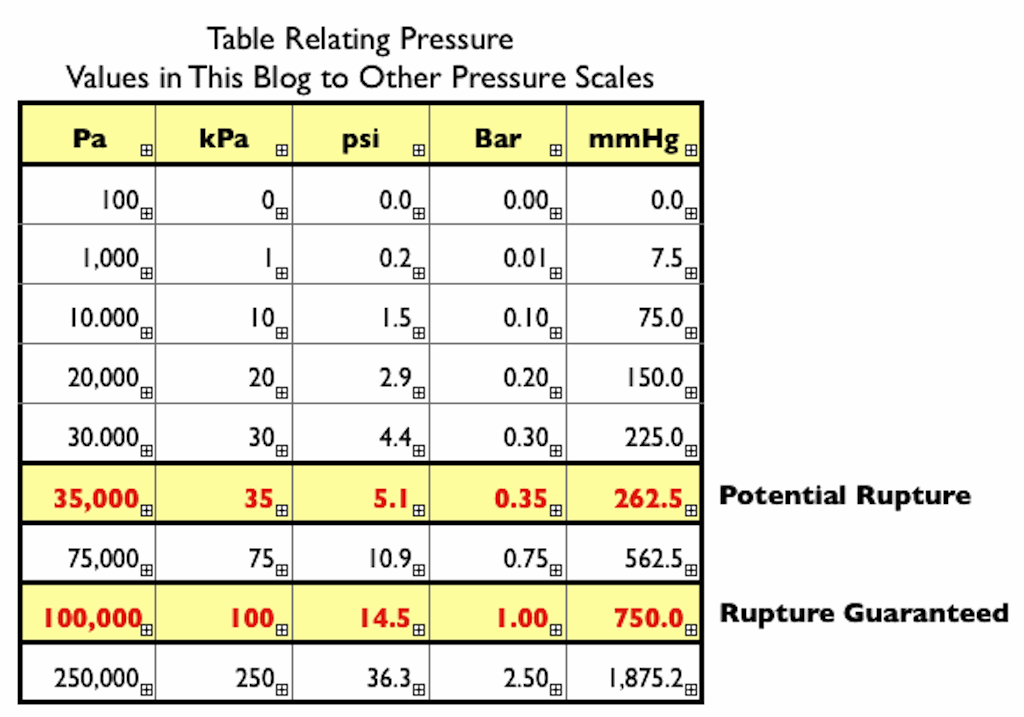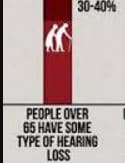Apr. 18, 2017
Despite United’s persistent efforts to discourage air travel for people who are teenagers, wear leggings, or have assigned seats, it’s likely that many readers have a trip planned by air in the near future. Those who wear hearing aids may wonder what’s in store for them, their hearing aids, and their batteries when checking luggage, clearing security, and getting airborne.
















